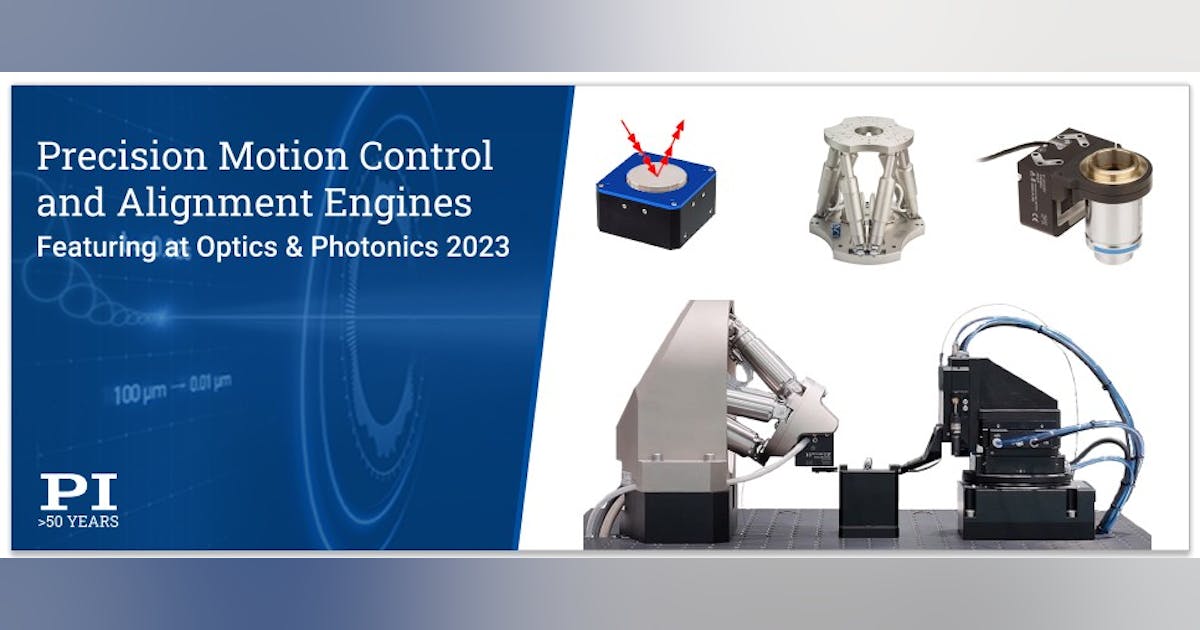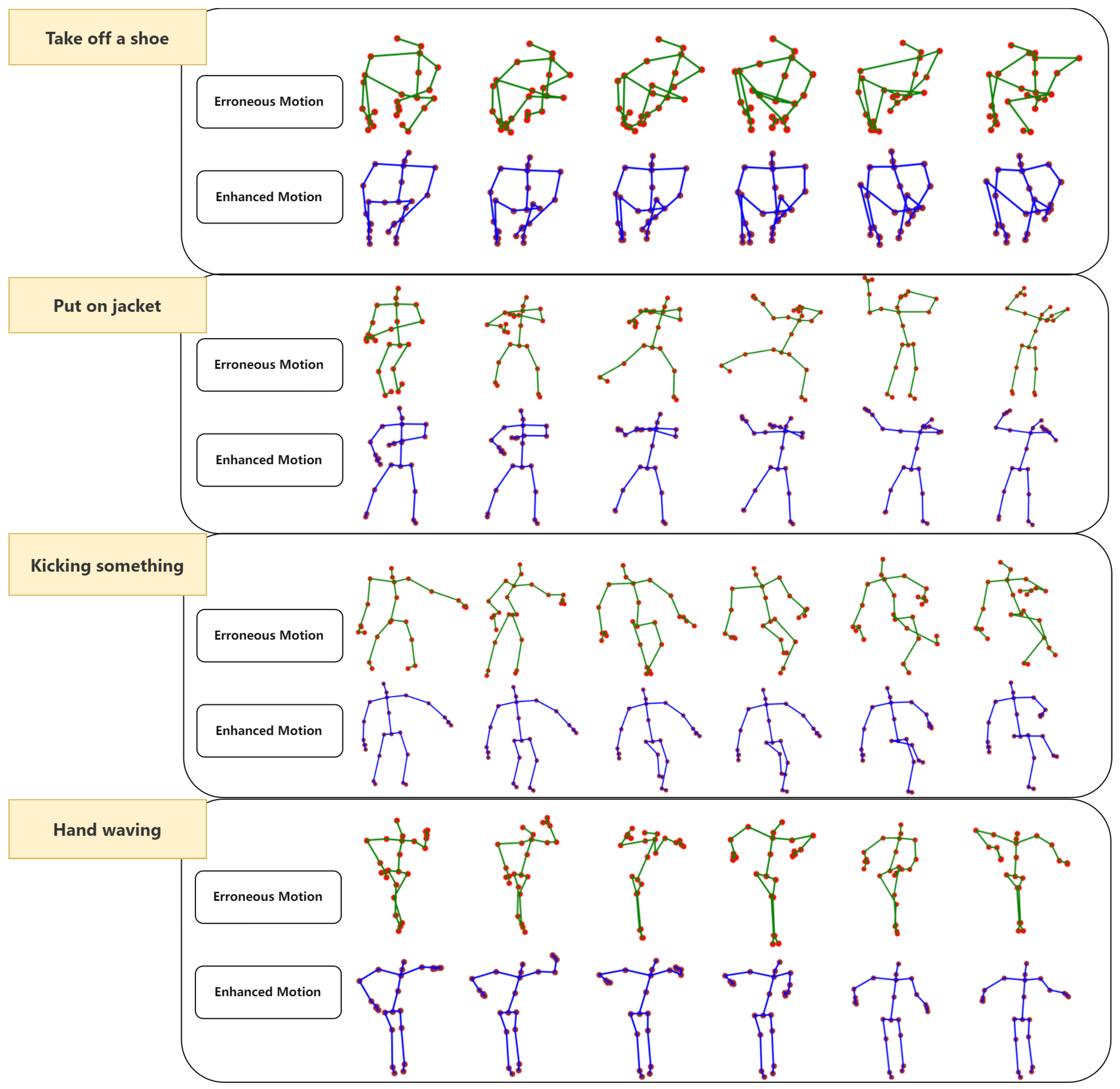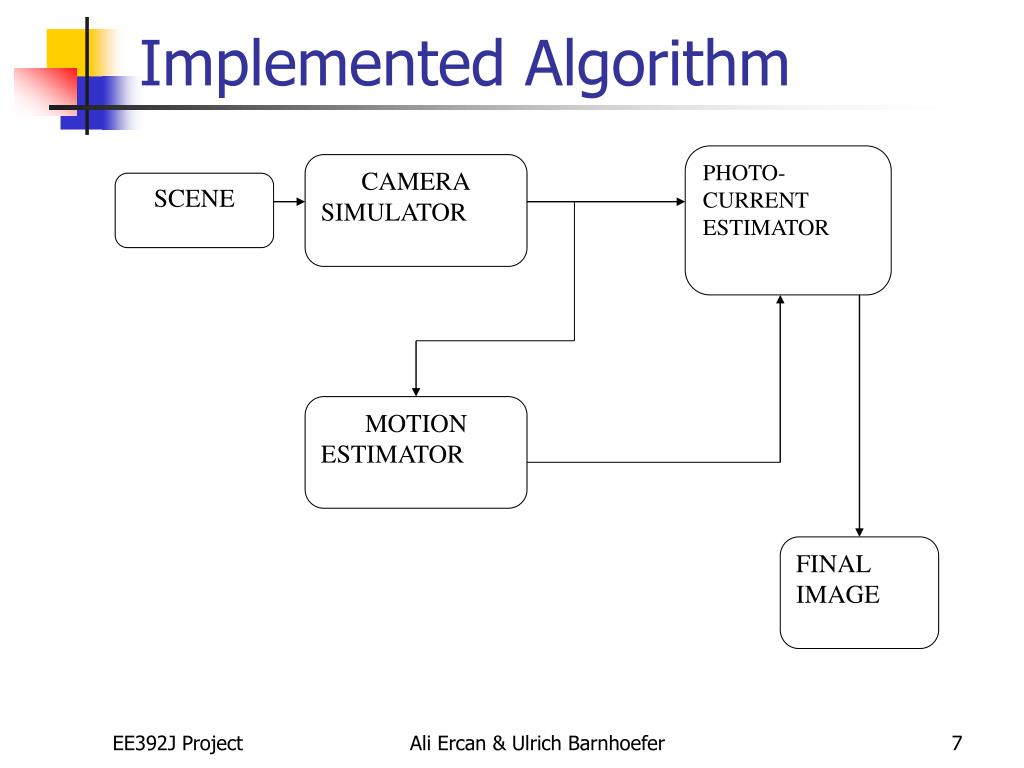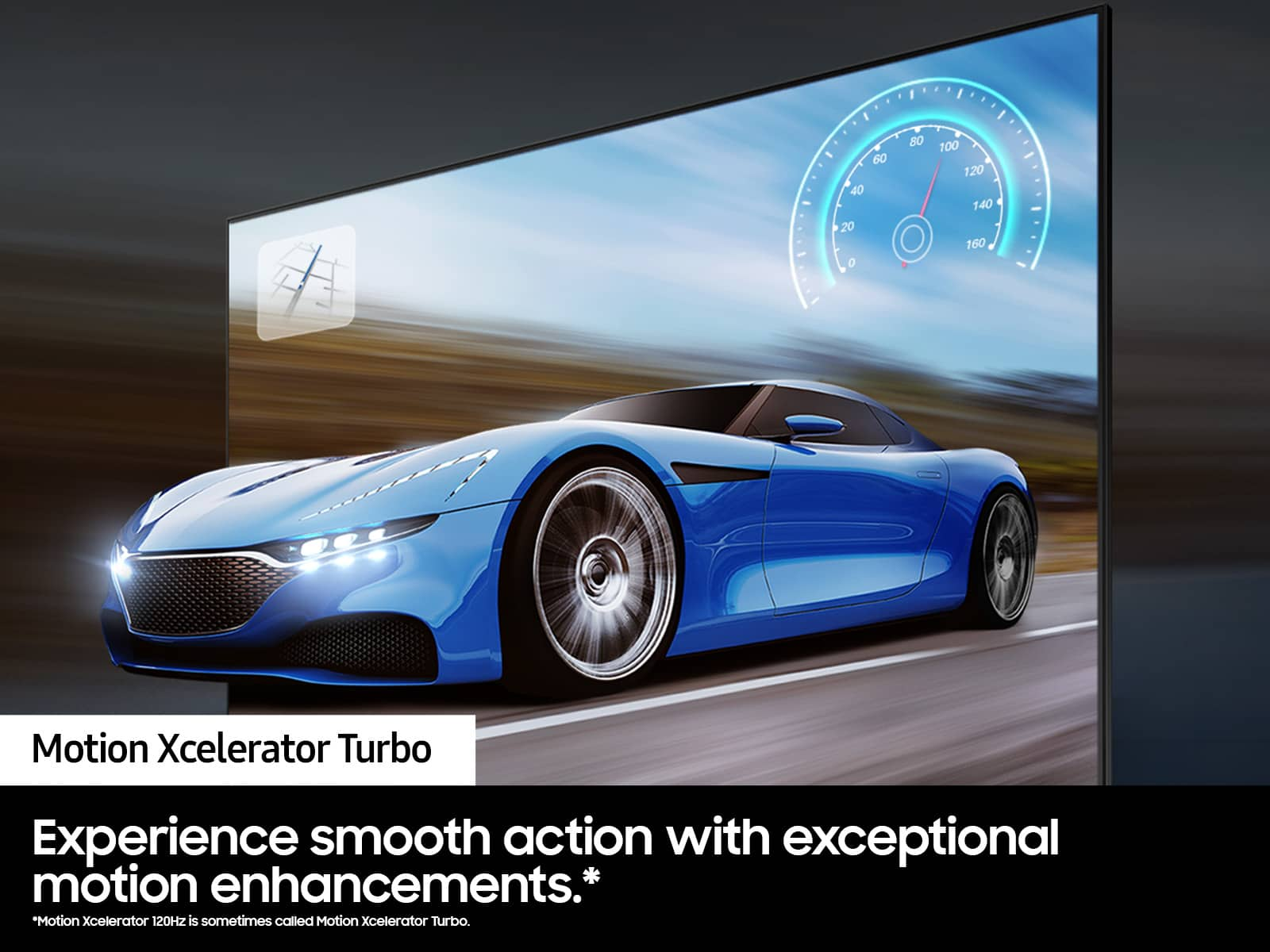Motion Enhancement Technology Motion Rate 120

The term Motion Rate 120, frequently encountered when shopping for new televisions, refers to a suite of motion enhancement technologies designed to improve the clarity and smoothness of fast-paced visuals. But what exactly does it mean, and how does it differ from the native refresh rate often touted by manufacturers?
Understanding these technologies is crucial for consumers looking to make informed purchasing decisions, as the perceived visual quality can significantly impact viewing enjoyment. This article delves into the specifics of Motion Rate 120, exploring its functionality, its impact on image quality, and its significance in the broader context of display technology.
What is Motion Rate 120?
Motion Rate 120 is not a true refresh rate in Hertz (Hz), but rather a marketing term used by television manufacturers to indicate a level of motion processing. It's a proprietary calculation that considers the panel's native refresh rate, backlight scanning, and image processing techniques.
Essentially, Motion Rate 120 aims to reduce motion blur and judder, making action scenes, sports broadcasts, and video games appear sharper and more fluid.
How Does Motion Enhancement Work?
Manufacturers employ several techniques to achieve the enhanced motion performance implied by Motion Rate 120. One common method is black frame insertion (BFI), which involves inserting black frames between the original frames of the video content. This reduces motion blur by giving the viewer's eyes a clearer point of reference.
Another technique is motion interpolation, also known as frame insertion. This process analyzes the frames of the original video and creates new, intermediate frames to be inserted in between. This increases the perceived frame rate and smooths out motion.
Backlight scanning involves flashing or pulsing the backlight behind the LCD panel in sync with the refresh rate. This can help to reduce motion blur by briefly darkening the screen between frames.
The Significance of Native Refresh Rate
While Motion Rate 120 can improve perceived motion clarity, it's important to consider the TV's native refresh rate. The native refresh rate, measured in Hz, indicates how many times per second the display updates the image.
A higher native refresh rate, such as 120Hz, generally results in smoother motion compared to a lower refresh rate, such as 60Hz. Motion Rate 120 is often built on top of a 60Hz or 120Hz panel, using the aforementioned technologies to further enhance motion performance.
Therefore, a TV with a native 120Hz refresh rate and Motion Rate 120 will likely offer a superior viewing experience for fast-paced content compared to a TV with a native 60Hz refresh rate and the same Motion Rate 120 specification. Understanding the native refresh rate is paramount.
Potential Drawbacks and Considerations
While motion enhancement technologies can be beneficial, they can also introduce unwanted artifacts. The "soap opera effect" is a common complaint, where interpolated frames make film and television content look unnaturally smooth and video-like.
Additionally, some viewers may experience input lag, which is the delay between pressing a button on a game controller and seeing the action on the screen. This can be particularly problematic for fast-paced video games.
Most televisions allow users to adjust or disable motion enhancement settings. Experimenting with these settings can help find a balance between motion clarity and avoiding unwanted artifacts.
Conclusion
Motion Rate 120 represents a manufacturer's effort to improve motion handling on their televisions, offering potential benefits for viewers of fast-paced content. However, it is essential for consumers to understand that it is not a direct measure of the panel's native refresh rate and that the effectiveness of these technologies can vary.
By considering the underlying technologies, the native refresh rate, and potential drawbacks, consumers can make informed decisions and select a television that best suits their viewing preferences. Consulting independent reviews and comparing specifications from different manufacturers can provide a more comprehensive understanding of a television's motion performance.
Ultimately, the best way to assess the impact of Motion Rate 120 is to view the television in person and determine if the motion enhancement technologies enhance or detract from the viewing experience.


















